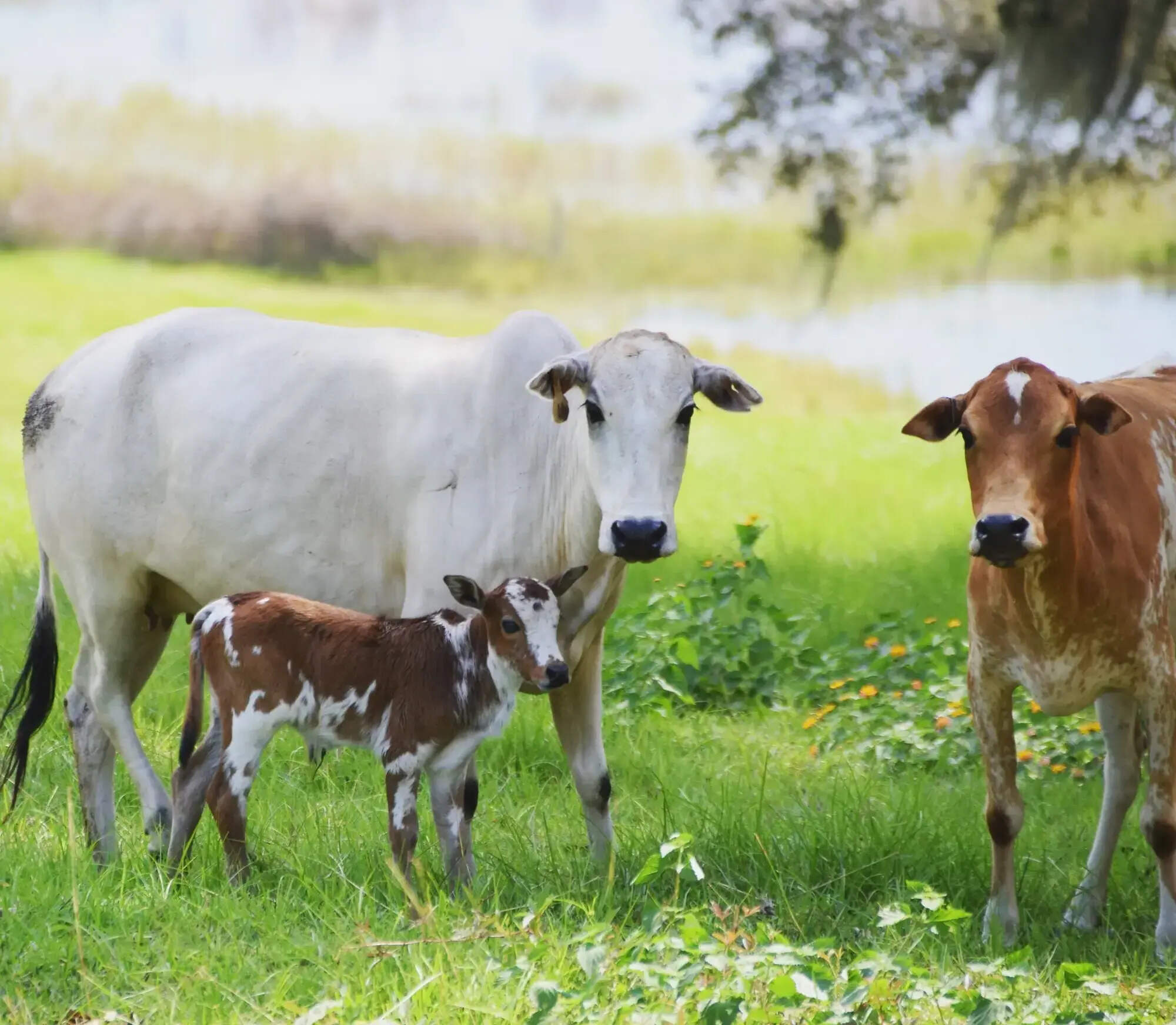
Zebu cattle, also known as humped cattle, are fascinating creatures with a rich history and unique characteristics. Originating from South Asia, these animals are easily recognized by their distinctive humps, large dewlaps, and droopy ears. Zebu are incredibly resilient, thriving in hot climates where other cattle might struggle. They play a crucial role in agriculture, providing milk, meat, and labor in many parts of the world. Did you know that Zebu are also known for their resistance to diseases and parasites? This makes them invaluable in tropical regions. Whether you're a farmer, a student, or just curious, these 30 facts about Zebu will give you a deeper appreciation for these remarkable animals.
What Are Zebus?
Zebus, also known as humped cattle, are a unique breed of domestic cattle originating from South Asia. They are easily recognizable by their distinctive humps and droopy ears. Here are some fascinating facts about these remarkable animals.
- Zebus have a prominent hump on their shoulders, which is made of muscle and fat.
- They possess a large dewlap, a fold of skin hanging from their neck.
- Zebus are highly resistant to heat, making them well-suited for tropical climates.
- These cattle have a higher tolerance for diseases compared to other breeds.
- Zebus are known for their longevity, often living longer than other cattle breeds.
Historical Significance of Zebus
Zebus have played a crucial role in various cultures and economies throughout history. Their adaptability and resilience have made them invaluable to many societies.
- Zebus were first domesticated around 6,000 years ago in the Indus Valley.
- They are depicted in ancient Indian art and literature, showcasing their cultural importance.
- Zebus were introduced to Africa by Arab traders around 1,000 years ago.
- In Madagascar, zebus are considered a symbol of wealth and status.
- Zebus have been used in traditional ceremonies and rituals in various cultures.
Physical Characteristics of Zebus
Zebus possess several unique physical traits that set them apart from other cattle breeds. These characteristics have evolved to help them survive in harsh environments.
- Zebus have a sleek coat that helps them stay cool in hot weather.
- Their large ears help dissipate heat and keep them cool.
- Zebus have a hump that stores fat, which can be used as an energy reserve during food shortages.
- They have a strong, muscular build, making them excellent for work purposes.
- Zebus come in various colors, including white, gray, red, and black.
Zebus in Agriculture
Zebus have been an integral part of agricultural practices in many regions. Their strength and resilience make them ideal for various farming tasks.
- Zebus are often used as draft animals for plowing fields and transporting goods.
- Their dung is used as a natural fertilizer, enriching the soil for crop production.
- Zebus are also used for milk production, although their milk yield is lower than that of other breeds.
- In some regions, zebus are raised for their meat, which is leaner than that of other cattle.
- Zebus can thrive on poor-quality forage, making them suitable for areas with limited resources.
Zebus in Modern Times
Despite the rise of modern farming techniques, zebus continue to be valuable in many parts of the world. Their unique traits make them indispensable in certain regions.
- Zebus are still widely used in India for agricultural purposes.
- In Brazil, zebus have been crossbred with European cattle to create more resilient hybrids.
- Zebus are popular in African countries due to their disease resistance and adaptability.
- They are also used in rodeos and bullfighting in some cultures.
- Zebus have been introduced to the United States, where they are raised for their unique characteristics.
Conservation and Future of Zebus
Efforts are being made to preserve and protect zebu populations, ensuring their continued existence for future generations.
- Conservation programs have been established to protect indigenous zebu breeds.
- Research is being conducted to improve zebu health and productivity.
- Zebus are being promoted as a sustainable livestock option in developing countries.
- Efforts are being made to raise awareness about the importance of zebus in agriculture.
- The future of zebus looks promising, with ongoing efforts to preserve their unique traits and ensure their survival.
Zebu: A Marvel of Nature
Zebus are more than just cattle. These resilient animals have adapted to some of the harshest climates on Earth. With their distinctive humps, droopy ears, and resistance to diseases, they stand out in the animal kingdom. Originating from South Asia, zebus have spread across the globe, becoming vital to agriculture in many regions. Their ability to thrive in hot, arid environments makes them invaluable to farmers. Beyond their practical uses, zebus hold cultural significance in various societies, symbolizing strength and endurance. Whether you're fascinated by their unique appearance or their incredible adaptability, there's no denying that zebus are truly remarkable creatures. So next time you see one, remember all the amazing facts that make zebus special. They’re not just cattle; they’re a testament to nature’s ingenuity.
Was this page helpful?
Our commitment to delivering trustworthy and engaging content is at the heart of what we do. Each fact on our site is contributed by real users like you, bringing a wealth of diverse insights and information. To ensure the highest standards of accuracy and reliability, our dedicated editors meticulously review each submission. This process guarantees that the facts we share are not only fascinating but also credible. Trust in our commitment to quality and authenticity as you explore and learn with us.
